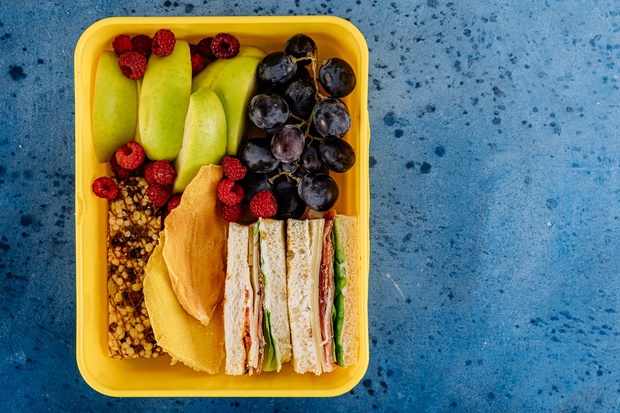For the first time in 2022, the PISA test questionnaire asked students how many meals they had missed in the past 30 days due to a lack of money to buy food.
The data showed that each week, 14 in every 100 Kiwi students were missing a meal at least once, and 6.5 per cent were going without meals more than four times.
“Students who missed meals even just once a week scored much lower than their peers who never went hungry,” researcher Dr Pippa McKelvie-Sebileau says.
Seymour has been a fierce critic of the Ka Ora, Ka Ako Healthy School Lunches Program, which provides lunches to more than 230,000 learners in 998 schools, describing it as “unaffordable”, “wasteful” and a “marketing stunt”.
The Minister has recently been put in charge of reviewing the program, causing outcry from teachers, principals, parents and health experts.
Seymour spoke to RNZ about how he is presently exploring how the Government can get the best educational outcomes for the taxpayer’s dollar.
“There’s a couple of things you can change, there’s the number of schools [receiving lunches], there’s the number of kids within a school, then there is the kinds of delivery that you have,” Seymour told RNZ.
“All of those are in open discussion at the moment…”
In 2023, Treasury released a report which found about 10,000 lunches are left over each day, at a value of $25 million, wastage Seymour has referred to as “almost criminal”.
However, a Ministry of Education survey found 61 per cent of leftovers are given to students to take home and a further 21 per cent are given to the community.
Leanne Otene, president of the New Zealand Principals’ Federation (NZPF), says Seymour’s comments about the program’s inefficiency are “well off track”.
She says schools and their providers have worked together to reduce any wastage by matching the number of lunches needed to the school’s actual requirements.
“We do everything possible to eliminate wastage and keep the programme efficient,” Otene said in a statement.
“Poverty has not been cured, and the latest statistics tell us it has got worse,” she added.
“It is illogical to think that by withdrawing food in schools, more starving children will somehow lift their achievement to reach the learning targets the Government expects.”
Secondary school teachers are urging Seymour to visit some of the schools currently offering free healthy lunches, for him to gain a more informed picture.
Many principals have told PPTA there has been a noticeable improvement in student behaviour as a result of the healthy lunch programme.
“They say there has been a significant decrease in the numbers of entries recorded into student behaviour management systems during lunch and after lunch, which means that students are less disruptive and more ready to learn,” PPTA Te Wehengarua president Chris Abercrombie said in a statement.
Abercrombie says teachers also strongly discourage any moves to target the programme to those who needed it the most.
“The fact that everyone in the school is part of the lunch programme means there is no stigma attached to it,” he explained.
“If it’s targeted, you can guarantee that kids will feel ashamed to access it – and many won’t.”
Health Coalition Aotearoa (HCA) co-chair Professor Boyd Swinburn agrees.
“The design of the programme is critical and the universality principle of feeding all kids in the school not only avoids adding to the stigma of food poverty but it is also a highly efficient way to deliver the programme,” he told EducationHQ.
While Seymour crunches the numbers and looks for cost-saving measures, HCA is calling for the programme to be doubled, to reach more students affected by food poverty and thus have a greater impact on educational outcomes.
“It is important to remember the purposes of Ka Ora, Ka Ako as it was originally funded,” Swinburn said.
“Firstly, the aim was to alleviate hunger in schools. Secondly, it was to improve the healthiness of food eaten in schools and thirdly to lift local employment. There is good evidence that these objectives have been achieved and any cuts to the programme will reverse these.”
“Our research has identified many other potential benefits, including improving mental health, whanau food security, school engagement and local food ecosystems.”














